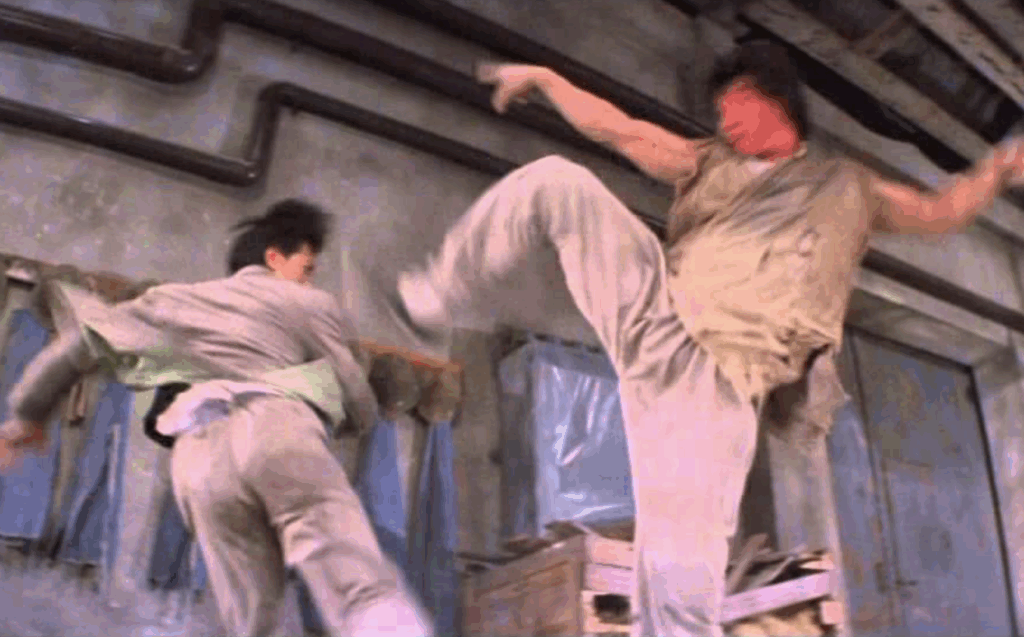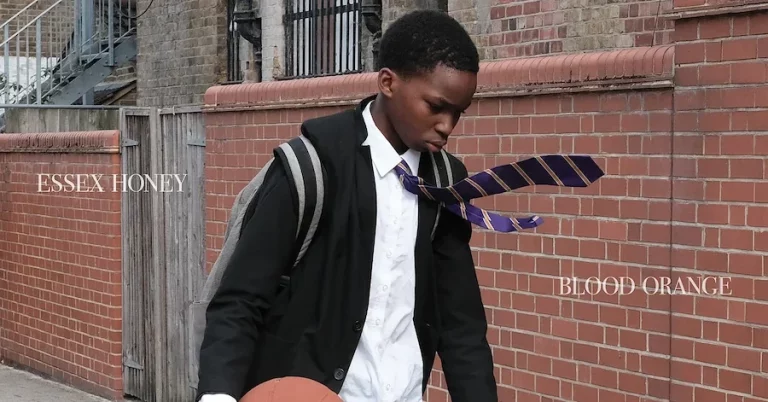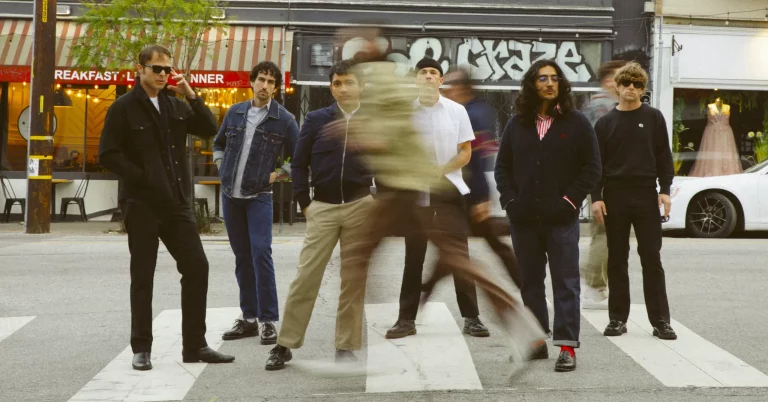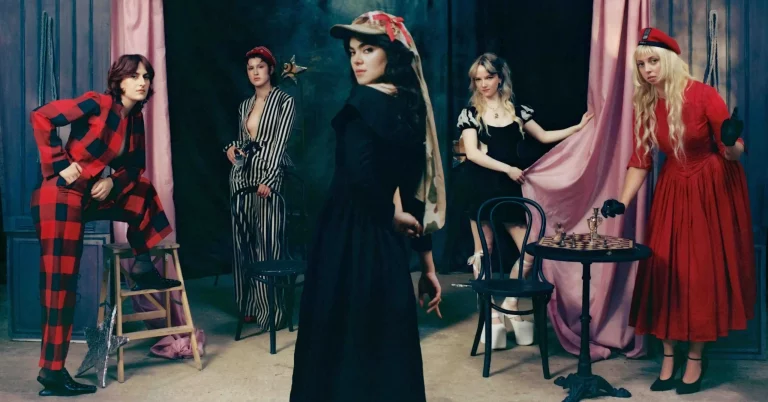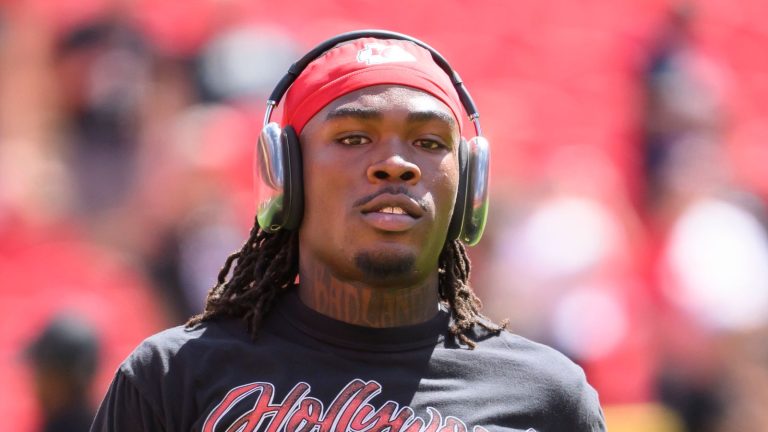Though now in his seventies, Jackie Chan continues to appear on the big screen with regularity. For most world-famous actors, that’s hardly notable, but it’s not as if Sir John Gielgud, say, had spent decades filming scenes of hand-to-hand combat and sustaining severe injuries in the performance of elaborate stunts. Viewers of New Police Story 2 and Rush Hour 4, to name just two upcoming franchise projects, will surely delight, as always, in Chan’s very screen presence. But it goes without saying that he won’t be attempting anything like what he did in his breakout Hong Kong films of the seventies and eighties, which required a singular dedication both physical and cinematic.
There are also fans who argue that Chan reached his peak in the nineties, most of whom would adduce the climactic fight scene above from Drunken Master II. Made in 1994, when Chan was 40 years old, it came as the ostensible sequel to Drunken Master, from 1978, in which Chan’s portrayal of the titular Qing dynasty folk hero launched him to stardom in Asia.
Released in the U.S. as The Legend of Drunken Master in 2000 — after Chan had finally made it stateside with Rumble in the Bronx and the first Rush Hour — Drunken Master II met with critical astonishment. “It involves some of the most intricate, difficult and joyfully executed action sequences I have ever seen,” wrote Roger Ebert. His judgment of the final, steel-forge-set showdown: “It may not be possible to film a better fight scene.” The Rossatron video below explains how the scene has drawn such reactions.
One element has been key to Chan’s success from the beginning: his humor, visibly descended from the physical comedy of Western silent stars like Charlie Chaplin and Buster Keaton, which comes through even in the midst of the most intense hand-to-hand combat. In Drunken Master II, it’s “not only a pleasing addition to the film, but a necessary part of the story itself,” through the course of which Chan’s protagonist must gain control over the style of “drunken boxing” born of his own fondness for the bottle. It is controlled drunkenness, of course, that eventually brings him victory in his both cartoonish and masterful last fight, which required four months to shoot under the direction of the star himself (the film’s actual director Lau Kar-leung having ceded control of the scene due to stylistic differences). Today, there may be no action-comedy performer equal to Jackie Chan in his prime. But even if there were, would any studio allow him so much of the other secret ingredient, time?
via Metafilter
Related content:
Kung Fu & Martial Arts Movies Online
The Only Footage of Bruce Lee Fighting for Real (1967)
The Graceful Movements of Kung Fu & Modern Dance Revealed in Stunning Motion Visualizations
Radical French Philosophy Meets Kung-Fu Cinema in Can Dialectics Break Bricks? (1973)
Why Is Jackie Chan the King of Action Comedy? A Video Essay Masterfully Makes the Case
Based in Seoul, Colin Marshall writes and broadcasts on cities, language, and culture. His projects include the Substack newsletter Books on Cities and the book The Stateless City: a Walk through 21st-Century Los Angeles. Follow him on the social network formerly known as Twitter at @colinmarshall.
